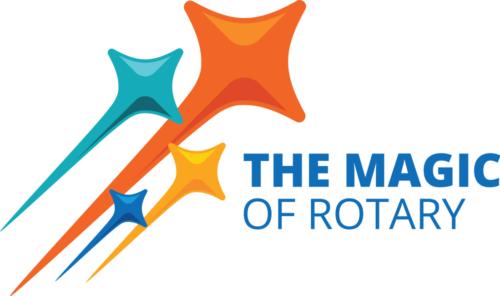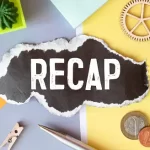Our program today was introduced by Bob Novell. In 1985, 40 years after the founding of the United Nations, Rotary announced that they would eradicate Polio. At that time, over 1,000 children per day were being infected with the disease.
Bob asked Marilyn Diaz, President of Sierra Madre Rotary, to speak about her experience with NID, National Immunization Day, in India.
Marilyn: Imagine walking through a slum in India and a young boy eyes you suspiciously. Slowly the mom moves the boy toward you. The boy looks up at you and you look at him, knowing that this boy will receive the “drop of life”. In 2012, the World Health Organization declared that India was Polio Free. 172 million children receive the polio vaccine each year as part of NIDs. Even so, there are still problems reaching the poor. For example, there is a myth among some poor Muslims that the polio vaccine will cause sterility. The program has been working with Imams to try and overcome this problem.
Bob then introduced Jim Lewes. Jim contracted polio at age 5. Even with his disability he went on to be a great swimmer and excellent athlete. Jim is a member of Moorpark Rotary.
Jim entered the room barefoot and wearing his Life Guard shorts to show what polio can do to your legs. He carried his shoes with the attached braces in one hand and a walking stick in the other. Polio kills the motor neurons in the muscles. However, some muscles continue to work and so pull on the bones unevenly. He showed pictures of kids with braces which were designed to keep the muscles from deforming the bones. He pointed out that while polio had affected his legs, it could affect any of the muscles. In the case of the thoracic (chest) muscles, the victim could need an “iron lung” to allow them to breath. In fact, there was an iron lung on display in the parking lot for those who had never seen one.
Jim explained that he was lucky. At age 5 ½ when he contracted the disease he was in the United States and had access to US medical facilities. Kids in India are not so lucky. Jim’s nickname in school was “Louie the Limp”. Today that wouldn’t be allowed but back then things were different. Jim’s disability was severe enough that the leg would not support him and he would fall. But Jim was lucky. He had access to the Los Angeles Orthopedic Hospital and Dr. Leroy Lowman. Jim’s dad was an athlete and football coach and had gotten to know Dr. Lowman. His dad called him and asked if he could help. Dr. Lowman had developed a surgical procedure to relocate part of the muscle in the thigh and it would stabilize the leg. Jim had the surgery and it worked.
Both Jim and his brother had polio. They had both been sick, really sick, terrible headaches. Back then Doctors made house calls. So the Doctor arrived and examined them. The Doc turned to his dad, Duffy Lewes, and said “take them to the hospital, I think they have polio”. At the hospital they were given a spinal tap to test for the disease; Jim can still remember his brother screaming. It was confirmed that they had polio. His brother was in the hospital for about 4 weeks but Jim was in longer. Finally he was allowed to leave County General. He hadn’t seen his parents for 2 months. His dad built him a workout table at the school woodshop and promised to buy him a cowboy outfit if he could walk. The March of Dimes paid all the medical expenses for both Jim and his brother. Athletics were an important part of his family and Jim had always wanted to be an athlete. So, he learned to swim and pursued his athletic dream as a swimmer.
At age 10, Jim had a neighbor who was a professional Santa Claus who invited him to a Rotary meeting. So, Jim had an early exposure to the organization. Years later, he joined Rotary and saw all this stuff about Polio. He told the club president that he was a polio survivor and asked what he could do. The president said he should go to a NID. He had to check with his boss (actually his wife and the guy he worked for). He wife told him he had to go and told him it was his calling. So he went to India. The conditions were terrible and he was upset. He called his wife who reminded him “Don’t forget why you are there”. The Salk vaccine was discovered in 1955. He got Polio in 1948. At the NID there were all these kids. The 1st little boy looked up at him and Jim thought “you will not get the disease I did”.
There are 124 Rotary clubs in District 3291 in India. They joined with Jim’s District for a grant to support Polio survivors. In India there is no regard for the handicapped. People with disabilities are left to crawl in the dirt. The grant is to provide 500 corrective surgeries and 500 braces. In addition they will build wheelchairs, provide physical therapy and job placement. The grant is for $150,000. Jim also pointed out that while conditions were pretty bad; sadly it is tougher for girls.

 Teri Muse Walk-a-Thon for mental health awareness
Teri Muse Walk-a-Thon for mental health awareness  10th Anniversary of The Field of Honor
10th Anniversary of The Field of Honor  Arcadia Rotary’s Installation of it’s 98th President
Arcadia Rotary’s Installation of it’s 98th President  Let’s Recap! 6/21/24
Let’s Recap! 6/21/24